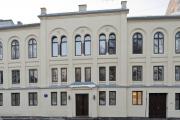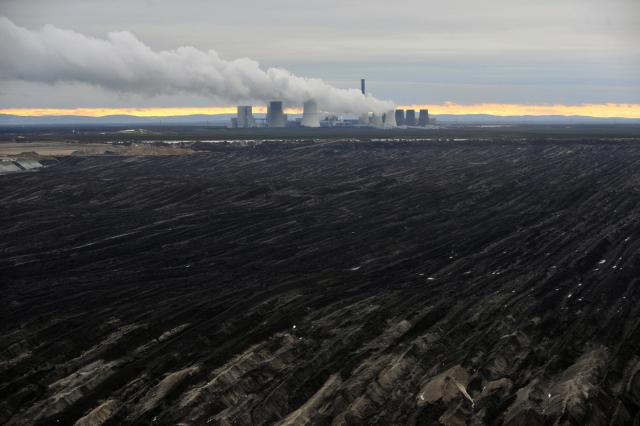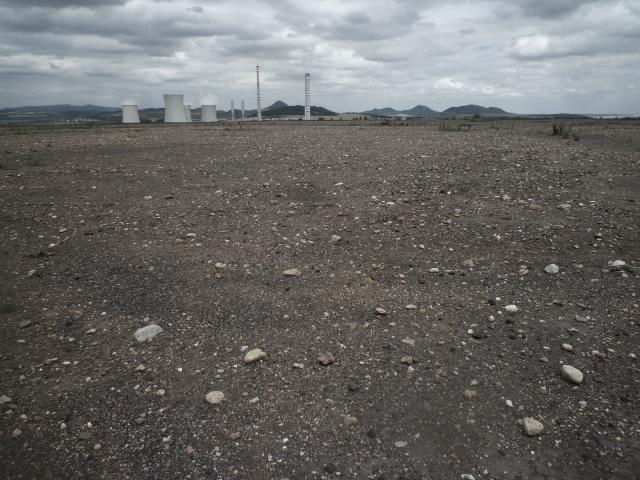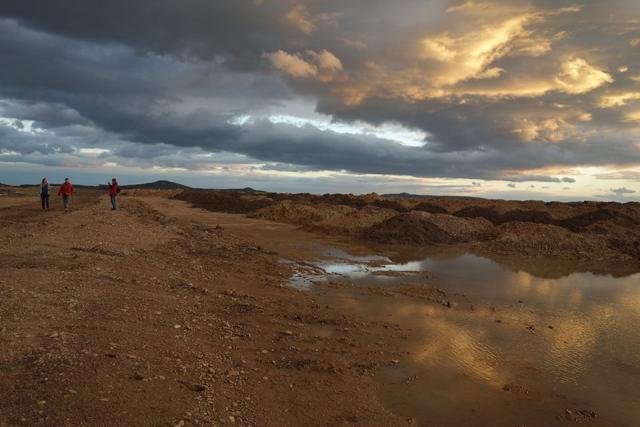About the Frontiers of Solitude project
When: 1 May 2015 to 30 April 2016
We will then enter what poets and scientists alike may choose to call the Eremozoic Era — The Age of Loneliness.
Edgar O. Wilson
Commodity frontiers may roll onwards, but only to a point. Capitalism not only has frontiers; it is fundamentally defined by frontier movement. The conceit of early modern cartographic revolutions was to conceive of the Earth as abstract space rather than as concrete geographies. The latter, abolished (or at least controlled) in theory, would continually reassert itself, as geographical particularities (climates, soils, topographies, diseases) entered into dynamic tension with bourgeois fantasies of abstract space. The great advantage of mapping the world as a grid and nature as an external object was that one could appropriate the wealth of nature in a fashion profoundly efficient for the accumulation of capital. The very dynamism of capitalist production is unthinkable in the absence of frontier appropriations that allowed more and more materials to flow through a given unit of abstract labor time: value’s self-expanding character depends on an exponential rise in the material volume of production without a corresponding rise in the abstract labor implied in such production.
Jason W. Moore
This project focuses on current transformations of the landscape and the close connections between our post-industrial civilization and nature. These themes are elaborated in terms of the cultural geography and morphology of three specific areas of central and northern Europe. The project includes residencies and workshops in selected areas of the Czech Republic, Iceland and Norway.
The aim of these activities is to foster collaboration and an exchange of experiences between individual artists, researchers and initiatives, and to explore and interpret recent and long-term transformations of the landscape, described as follows:
Current changes in the industrialized landscape around the city of Most (northern Bohemia), especially the loss of historical continuity, transfers of geological layers and social structures, transition towards the post-carbon economy and a current discussion on the abolition of territorial limits which potentially may lead to further degradation and exploitation of the landscape by extensive open pit coal mining (Into the Abyss of Lignite Clouds, September 2015).
Two workshops will take place in parallel: one in Finnmark, a county in northern Norway (Sound of Melting Ice, September 2015), and another in Seyðisfjörður on the east coast of Iceland (Field Work and Ecology, August 2015). These workshops take place in areas where the effects and traces of industrialization have been felt, for the most part, in recent decades.
Iceland, with its strong investment in geothermal and hydroelectric energy, appears to be in a different situation with regard to the intersection of ecology and energy resources, than is continental Europe, which is still dependent on fossil fuels. However, the harvesting of “green” energy also comes at a price for the country’s local and trans-local ecologies, and a closer investigation for what purposes this “clean” energy is used reveals a web of economic dependencies and strategies that is rather similar to those of more heavily industrialised countries in mainland Europe. The participants in the Iceland expedition will visit, among other sites, the Kárahnjúkar hydroelectric dam, ranking among the largest industrial structures in Europe. Expedition participants will work together with Icelandic colleagues and experts, focusing on environmental issues and the activities of transnational corporations in Iceland.
The Norwegian part of the project will include an expedition and workshop focusing on mining activity in the region and its effects on the landscape. Both the current and previous Norwegian governments have funded initiatives for surveying mineral deposits to assess their suitability for mining, which has resulted in heated debates over this renewed interest in the exploitation of minerals, especially in the north.
The outcomes of the project, in which artists from the Czech Republic, Norway and Iceland will participate, will be presented at the beginning of 2016 at an exhibition at the Školská 28 Gallery in Prague. Documentation, new art works, interpretations and the results of workshops will be presented. An exhibition catalog will include documentary videos and sound recordings, texts on contemporary art, ecology and the environmental sciences.
Participating artists: Finnur Arnar Arnarson, Karlotta Blöndal, Peter Cusack, Gunhild Enger, Þórunn Eymundardóttir, Iselin Linstad Hauge, Monika Fryčová, Elvar Már Kjartansson, Alena Kotzmannová, Vladimír Merta, Pavel Mrkus, Greg Pope, Kristín Rúnarsdóttir, Ivar Smedstad, Miloš Šejn, Vladimír Turner, Robert Vlasák, Diana Winklerová, Martin Zet.
The project is a joint initiative of the Školská 28 Gallery (Deai/setkání), the Atelier Nord, and the Skaftfell Center for Visual Art, and is supported by grant from Iceland, Liechtenstein and Norway through the EEA Grants.
Skaftfell
Skaftfell Center for Visual Art, located in Seyðisfjörður, plays the essential role of presenting, discoursing and encouraging the development of contemporary art in eastern Iceland. It is a meeting point for artists and locals, and its activities are based on exhibitions and events, alongside an international residency program and outreach program. …
Školská 28
Gallery Školská 28 (DEAI/Setkání) is a multifunctional space for nonprofit cultural and artistic activities, founded in Prague in 1999. The programming concept of the space arises from the specific characteristics of the location where it is situated, and the space offers the community a variety of public activities connected to social life. …
Atelier Nord
Atelier Nord focuses on new media art, with new forms and new content – especially technology-intensive art. These fields are characterized by instability in relation to production, distribution and how they are communicated. …
















